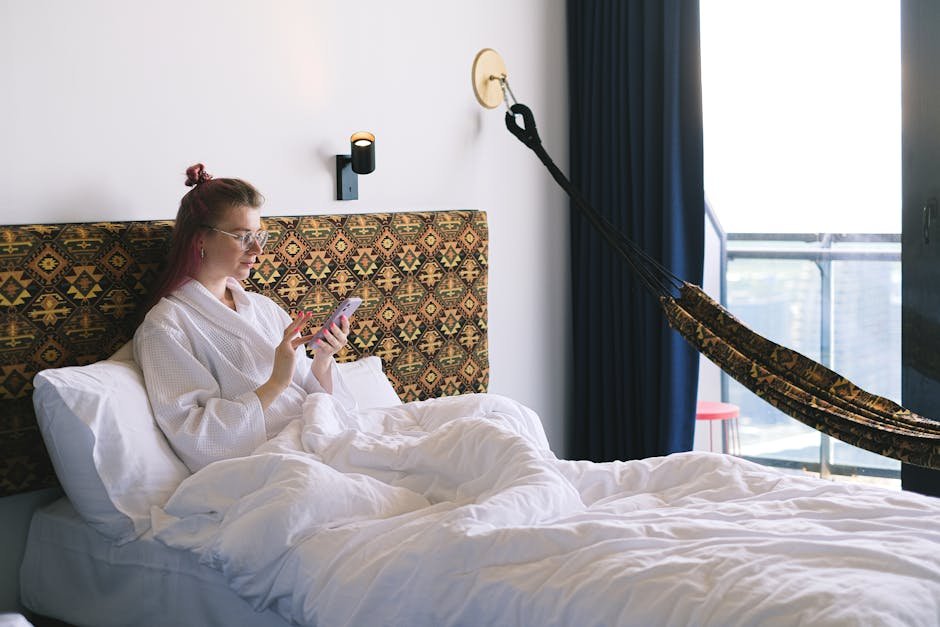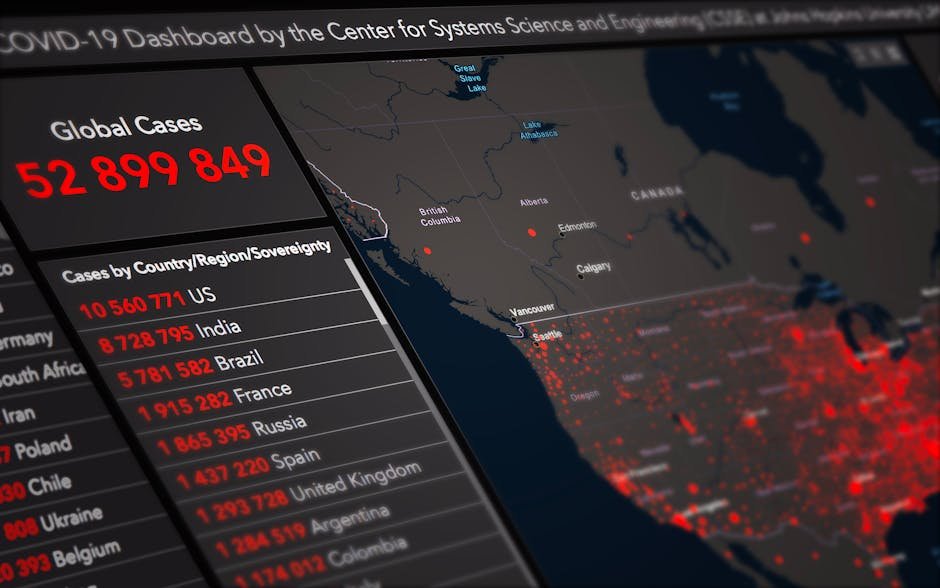Digital nomads embrace freedom, but health risks or lost gear can disrupt your journey from Lisbon’s cafés to Bali’s beaches. In 2025, travel insurance and healthcare plans are essential to protect your health, equipment, and plans. Having navigated nomad life, I’m sharing this guide to choosing coverage, staying healthy, and working smart on the road. Insurance costs and coverage vary; check providers.
Why Nomads Need Coverage
Nomads face unique risks—food poisoning in Mexico, stolen laptops in Morocco, or canceled flights. Standard home insurance often excludes international travel, leaving gaps. Travel insurance covers emergencies, cancellations, and gear, while healthcare plans handle ongoing needs like check-ups or prescriptions, ensuring you thrive anywhere.
Choosing Travel Insurance
Select insurance tailored for nomads (safetywing.com, worldnomads.com):
- Emergency Medical: Covers doctor visits, hospital stays, or evacuation ($100,000+ limit recommended).
- Trip Cancellation: Refunds costs for illness or emergencies.
- Gear Protection: Insures laptops, phones, and cameras against theft/damage.
- Adventure Add-Ons: Includes hiking, diving, or skiing if specified.
- Flexible Duration: Extends coverage for unpredictable travel.
Note: Some plans exclude conflict zones (e.g., Myanmar) or require pre-approval for high-risk areas.
Nomad Tip: Confirm coverage for your itinerary (e.g., Chiang Mai, Marrakech) to avoid gaps.
Healthcare Plans for Ongoing Needs
International healthcare plans (e.g., Cigna Global, $100–$500/month) cover routine care:
- Annual check-ups, vaccinations, or allergy management.
- Prescription refills or specialist visits.
- Telemedicine for remote consultations.
Pair with travel insurance for emergencies to ensure full coverage.
Insurance Comparison Table
| Provider | Monthly Cost | Key Coverage | Nomad Fit |
|---|---|---|---|
| SafetyWing | $45–$82 | Medical ($250,000), evacuation, gear | Affordable, flexible, global coverage |
| World Nomads | $50–$150 | Medical ($500,000), adventure, trips | Adventure-friendly, customizable |
| Cigna Global | $100–$500 | Routine care, specialists, telemed | Comprehensive for long-term health |
Nomad Health Checklist
- Research local clinics (Google Maps, free)
- Store digital insurance docs (Google Drive, free)
- Set policy renewal reminders (Google Calendar, free)
- Pack a first-aid kit (bandages, meds, $10)
- Use telemedicine apps (Teladoc, $40/session)
Practical Tips for Health and Productivity
Stay healthy and efficient on the road:
- Health Tips:
- Scope Clinics: Find nearby healthcare via Google Maps before settling in Ubud.
- Go Digital: Store insurance PDFs in Google Drive for access in Hanoi.
- Use Telemedicine: Consult doctors via Teladoc ($40/session) for minor issues in Cape Town.
- Pack Smart: Carry a first-aid kit ($10) with bandages and meds for Tbilisi.
- Track Deadlines: Set Google Calendar alerts for renewals to avoid lapses in Lisbon.
- Workspace Tips:
- Ergonomics: Use a laptop stand ($20) and keyboard ($15) in Kuala Lumpur cafés.
- Beat Distractions: Wear noise-canceling earbuds ($100) in Medellín hostels.
- Light It Right: Work near windows or use a clip-on light ($10) in Penang to reduce strain.
- Stay Active: Stretch every 45 minutes in Chiang Mai to boost energy.
- Hydrate: Carry a collapsible water bottle ($10) in hot Marrakech.
Nomad Tip: Test Wi-Fi (20–100 Mbps) with SpeedTest.net in co-working spaces (e.g., Hubud Bali, $15/day) for telemedicine calls.
Why 2025 is Your Year
In 2025, nomad-friendly plans like SafetyWing and Cigna Global make health coverage seamless. From Mexico’s beaches to Morocco’s medinas, you can work and explore worry-free. As I write from a Valencia co-working space, my insurance docs in the cloud, I’m ready for anything. Choose coverage to protect your nomad journey—share your health tip or question in the comments!
Sources:
- SafetyWing: https://safetywing.com/
- World Nomads: https://worldnomads.com/
- Cigna Global: https://cignaglobal.com/
- Nomad Insurance: https://nomadinsurance.com/







